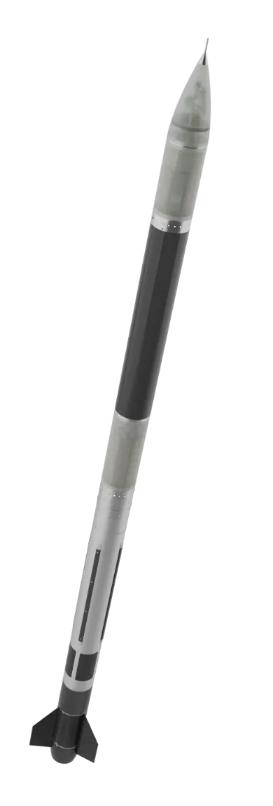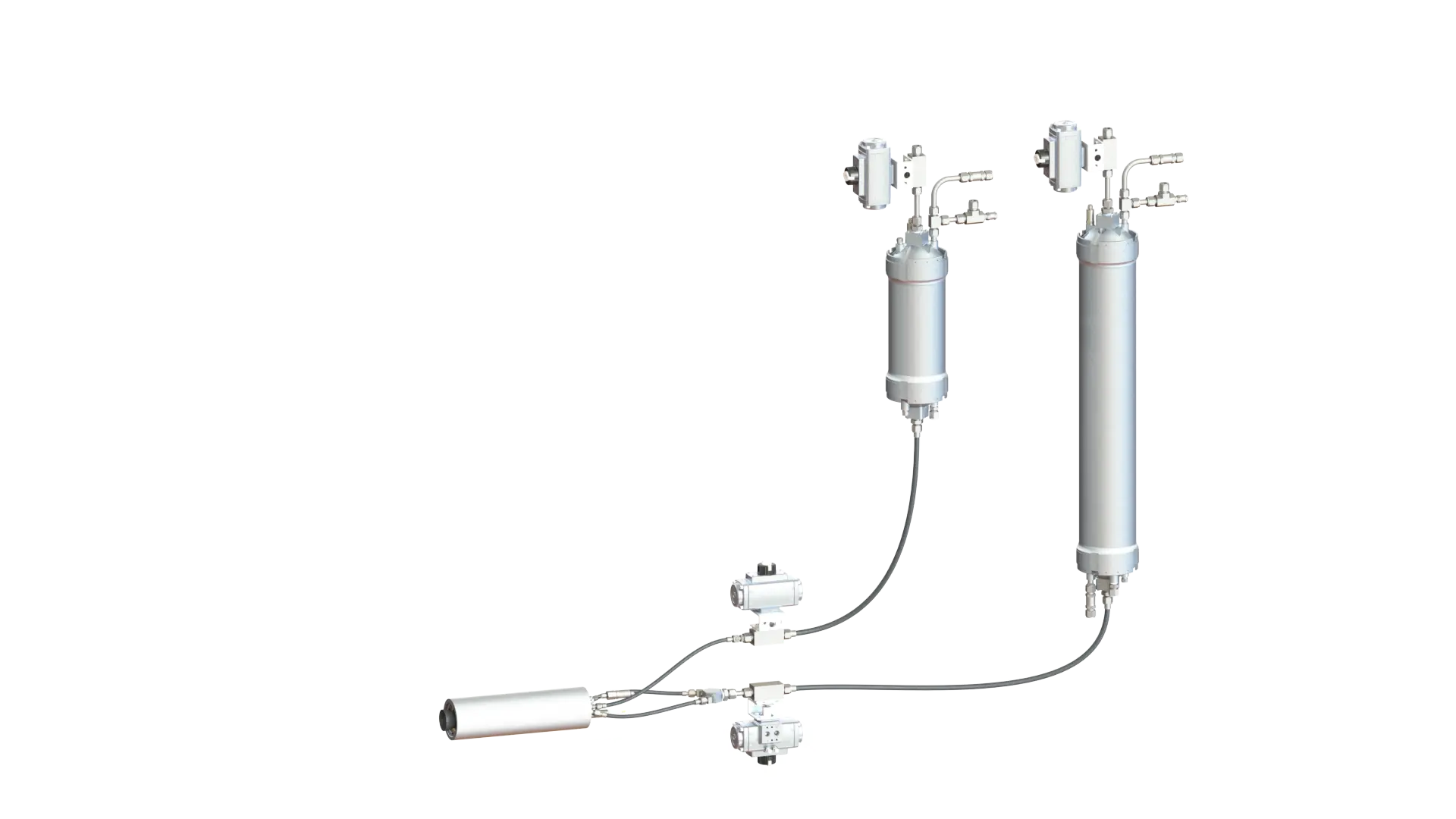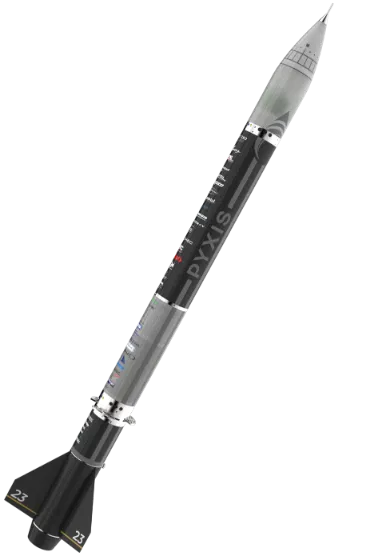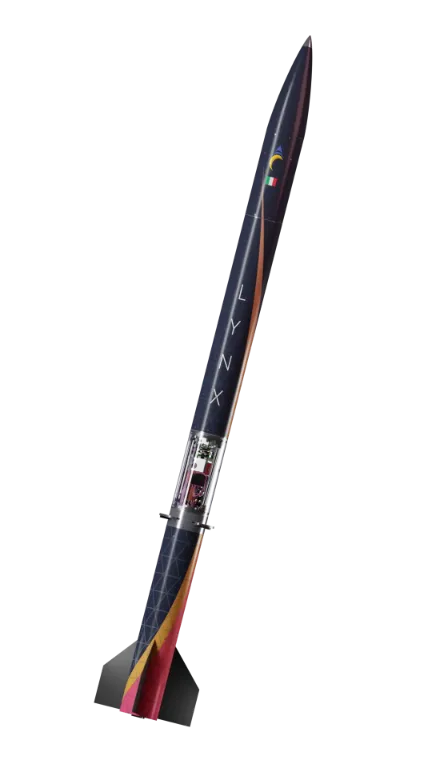2024
Lyra
A Step In The Harmony Of The Future
Lyra is Skyward’s second hybrid rocket, crafted to compete in the SRAD Hybrid 3000m category of EuRoC ‘24.
Despite apparent similarities with its predecessor Gemini, every subsystem in Lyra has undergone rigorous refinement and optimization, as a testament to our commitment to pushing boundaries and embracing innovation.
Our mission with Lyra is clear: to create Skyward’s most cutting-edge rocket while learning from the challenges faced by Gemini.





